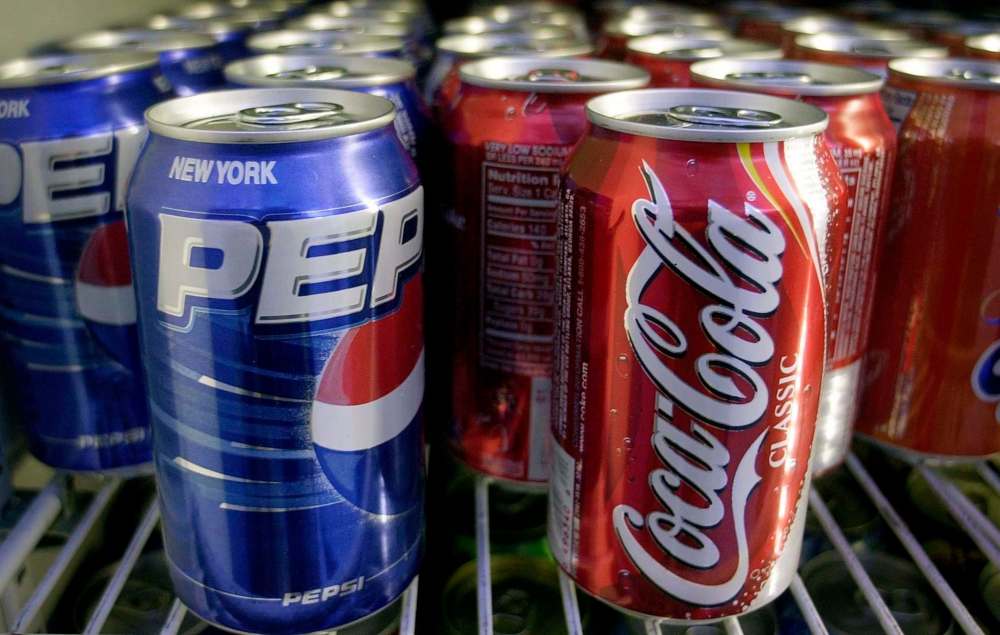Forever bitter rivals
If you think we're playing games, you have another thing coming
Advertisement
Read this article for free:
or
Already have an account? Log in here »
To continue reading, please subscribe:
Monthly Digital Subscription
$1 per week for 24 weeks*
- Enjoy unlimited reading on winnipegfreepress.com
- Read the E-Edition, our digital replica newspaper
- Access News Break, our award-winning app
- Play interactive puzzles
*Billed as $4.00 plus GST every four weeks. After 24 weeks, price increases to the regular rate of $19.00 plus GST every four weeks. Offer available to new and qualified returning subscribers only. Cancel any time.
Monthly Digital Subscription
$4.75/week*
- Enjoy unlimited reading on winnipegfreepress.com
- Read the E-Edition, our digital replica newspaper
- Access News Break, our award-winning app
- Play interactive puzzles
*Billed as $19 plus GST every four weeks. Cancel any time.
To continue reading, please subscribe:
Add Free Press access to your Brandon Sun subscription for only an additional
$1 for the first 4 weeks*
*Your next subscription payment will increase by $1.00 and you will be charged $16.99 plus GST for four weeks. After four weeks, your payment will increase to $23.99 plus GST every four weeks.
Read unlimited articles for free today:
or
Already have an account? Log in here »
Hey there, time traveller!
This article was published 02/09/2017 (2963 days ago), so information in it may no longer be current.
As sports rivalries go, this one is a classic.
Which is probably why they call it the Labour Day Classic, the annual September long weekend battle wherein the Winnipeg Blue Bombers and the Saskatchewan Roughriders attempt to rip each other’s heads off.
This year’s tilt goes Sunday when the 7-2 Bombers invade Regina to tackle the 4-4 Riders, who in recent weeks have gone from roadkill to road warriors, humiliating the B.C. Lions and Edmonton Eskimos in consecutive games.
If you think Sunday’s Classic is just a football game, then you don’t live in either Winnipeg or Regina.
“The games all count for the same number of points in the standings,” Free Press sports columnist Paul Wiecek wrote before last year’s game, won 28-25 by the Bombers, and ending an ugly streak of 11 straight loses. “But that doesn’t mean every game is equal in the CFL.
“Make no mistake, Sunday’s annual Labour Day Classic between the Winnipeg Blue Bombers and Saskatchewan Roughriders is worth more than the others. Just ask any long-suffering fan in blue and gold who’s had sand kicked in his face for more than a decade by this city’s hated prairie rivals in Regina whether the game is just one of 18 on the schedule.
“It’s not; this one is big every year, regardless of either team’s record in the first half of the season.”
But the gridiron isn’t the only place where hated rivals square off for supremacy, as we see from today’s blood-soaked list of Five of the Hottest Rivalries in History:
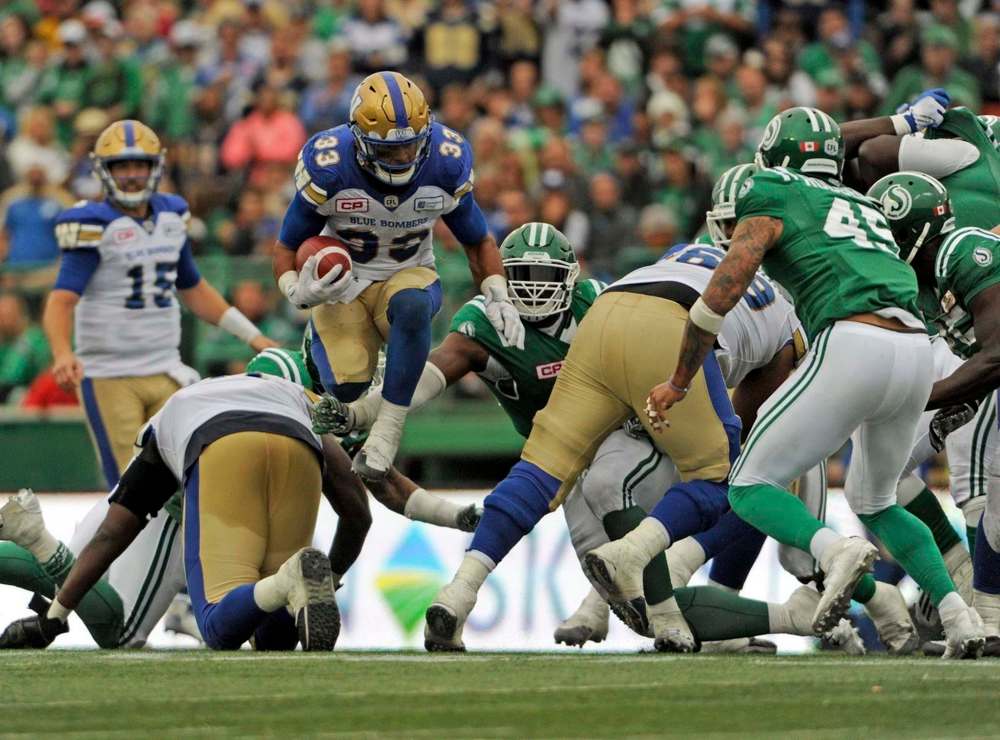
5) The famous rivals: Tim Hortons and Starbucks
The bloody battle(s): In one corner, we have a Canadian icon named after legendary NHL star Tim Horton; in the other corner, an American interloper hoping to claim victory in the Java Wars. Think Canadians don’t care about coffee? Well, think again, because, largely thanks to Tims, Canadians reportedly drink more coffee than Italians, Americans, the French or just about any nation on the planet. According to news reports, Canadians drink more than 14 billion cups of coffee annually, with Tim Hortons serving up two billion cups each year. The Canadian champ was founded in 1965 in Hamilton and, as of 2014, had 4,590 restaurants worldwide, including a whopping 3,665 in Canada, 869 in the U.S. and 56 in the Gulf Co-operation Council. In contrast, Starbucks opened its first store in Seattle’s historic Pike Place Market in 1971, then entered the Canadian market on March 1, 1987, opening an outlet at the SeaBus SkyTrain Station in Vancouver, the chain’s first international location. Today, Starbucks has an estimated 15,000 stores in 50 countries, including more than 1,070 company-operated and licensed locations in Canada. So for the past 30 years, these two coffee and snack giants have been duking it out for supremacy north of the border. Tims has positioned itself as the everyman’s coffee shop, whereas Starbucks is a tad more upscale. “Starbucks is where you’ll find your mom’s vintage roadster bike hanging from the ceiling, it’s where you’ll find wood countertops varnished 101 too many times and the coveted leather lazy boy strategically placed by the rust wood-burning fireplace,” Cameron Mackay wrote in a 2015 article on CanadianMarketer.ca. “Tim Hortons on the other hand is your neighbourhood coffee shop. It’s where our parents have gone since the day we were born.” To date, Tims remains the champ in Canada, serving up almost eight of every 10 cups of coffee sold in this country. And we get to roll up the rim, too.
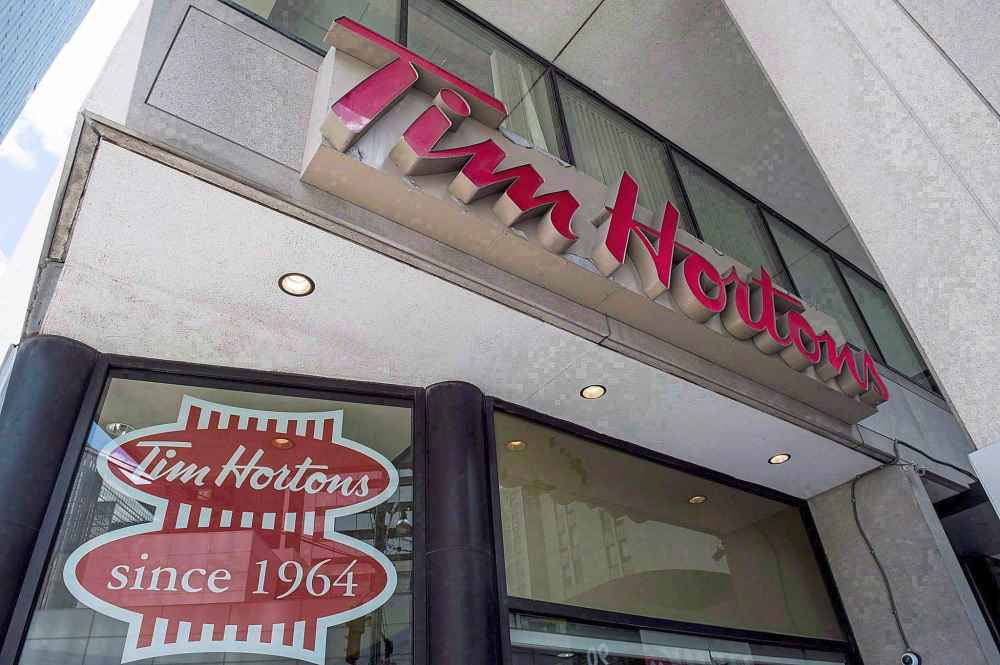
4) The famous rivals: Star Trek and Star Wars
The bloody battle(s): OK, let’s get one thing straight, this is not a conflict that has raged in a galaxy far, far away. No, this battle has been waged much closer to home. Let’s call it Nerd Wars, a never-ending argument between sci-fi fans over which franchise is better, Star Trek or Star Wars. The back and forth began in 1977 when the Millennium Falcon came into view in the first Star Wars film, Star Wars Episode IV: A New Hope. That was 11 years after the TV debut of Star Trek on Sept. 8, 1966, the historic day when the Starship Enterprise and its iconic crew first flew into our living rooms. To say the two franchises have fanatical followings is like saying local hockey fans are fond of the Winnipeg Jets. Star Wars is basically a galactic space opera featuring constant conflict, whereas Star Trek imagines a sort of utopian society wherein Capt. Kirk got to kiss green-skinned women and conflicts occasionally erupted. Here’s what J.C. Herzthe of the New York Times said of the rivals: “Trek fandom revolves around technology because the Star Trek universe was founded on ham-fisted dialogue and Gong Show-calibre acting. But the fictional science has always been brilliant. The science in Star Wars is nonsense, and everyone knows it. But no one cares because Star Wars isn’t about science. It’s epic drama. It’s about those incredibly well-developed characters and the moral decisions they face.” Sounds good to us, but we know you “Trekkies” or “Trekkers” or whatever you call yourselves will fight over it with Star Wars buffs in the space battle that will never end. On his YouTube channel in 2011, William (Capt. Kirk) Shatner mocked Carrie Fisher (Princess Leia) for wearing so few clothes and argued special effects were the only advantage Star Wars had over its rival. But fans sometimes duke it out for real, as two buddies did earlier this year in Oklahoma. According to news reports, a 23-year-old Star Trek fan and a buddy were arguing about which series was better, which prompted the Trekkie to jump on his pal, a defender of Star Wars, and start choking him, which resulted in his arrest for assault and battery. In the financial world, Star Wars seems to be the big winner, with that franchise’s film profits exceeding the profits of Star Trek movies by almost five times, while the entire franchise reportedly outgrosses the other by four times. Mind you, what’s money got to do with it when we’re talking about art, right? Hello!
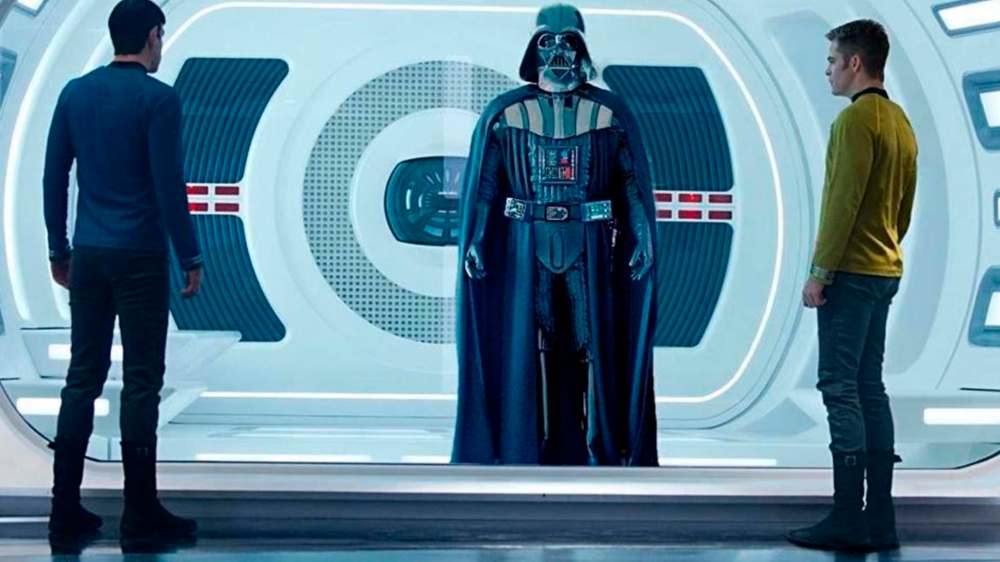
3) The famous rivals: McDonald’s and Burger King
The bloody battle(s): Like all of our famous rivalries, there’s no sitting on the fence in the Burger Wars. You’re either a fan of McDonald’s and its signature sandwich, the Big Mac, or you’re a Burger King buff, devoted to their iconic flame-grilled Whopper. These two burger giants have been sniping at each other for more than 60 years. In fact, the term “Burger Wars” was coined in the seventies after a series of competitive ad campaigns launched by the two chains in response to each other’s efforts. Their rivalry is considered one of the most iconic and important in American history. Burger King generated a big buzz last Halloween when it disguised a Queens, N.Y., outlet as the ghost of a McDonald’s restaurant, complete with a giant white tarp with eye holes cut to resemble “Mickey D’s” famous golden arches. While its rival is nipping at its heels, McDonald’s is still the statistical burger king, holding a reported 18.6 per cent of the market share in the global fast-food industry, compared to Burger King’s 4.6 per cent. “Consider that McDonald’s could lose half its sales revenue and still sit in first place comfortably,” investopedia.com reported in 2015. “Domestic McDonald’s locations brought in US$35.4 billion in 2014, more than Starbucks Corporation, Subway and Burger King combined.” In 2015, Burger King held out an olive branch, proposing the McWhopper, a hybrid mashup of the Big Mac and the Whopper that would be sold for one day in one city to promote peace. McDonald’s CEO said no. He wasn’t Mcloving it.
2) The famous rivals: Dogs and cats
The bloody battle(s): There are two kinds of people in the world: dog people and cat people, and never the twain shall meet, so to speak. This rivalry has been raging for as long as humans have allowed animals into their homes as household pets. This columnist’s opinion is meaningless, but here is what famed humour columnist Dave Barry had to say back in 1993:
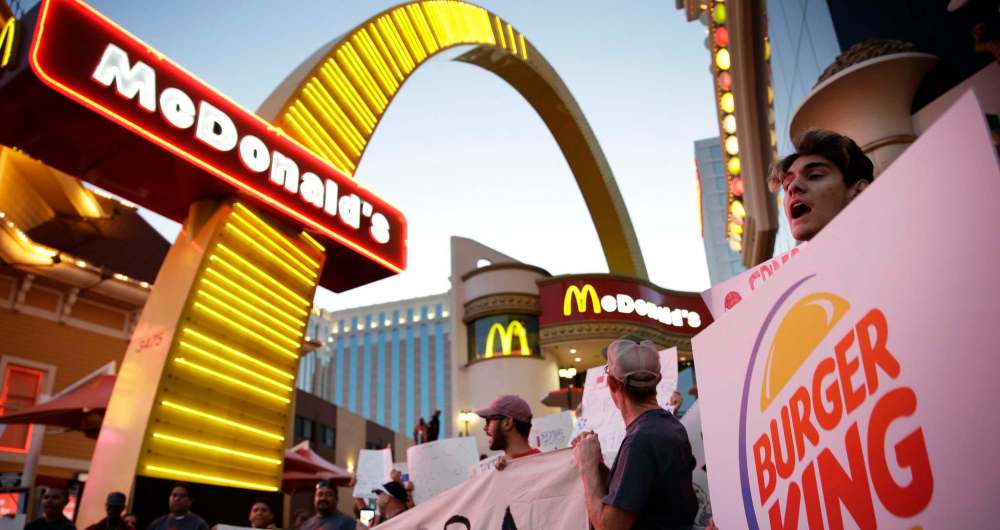
“Over the years, many cat-lovers have asked me: ‘Dave, how come you never write about cats? Is it because you don’t LIKE cats? Is it because cats are vicious unprincipled household parasites that will stroll up to the person who has fed them for 17 years and, without provocation, claw this person’s shin flesh into lasagne? Is it because they are lazy, ungrateful, hairball-spewing… HEY! These aren’t cat-lover quotations! You’re making these quotations up!” While this age-old battle will never be resolved, BusinessInsider.com recently published a series of scientific reasons why felines should win favour, including that cat people are more intelligent than dog people; cats have a smaller carbon footprint than dogs; owning a cat may reduce your risk of a heart attack; and cats are cheaper than dogs. According to the latest statistics from the Canadian Animal Health Institute, cats continued to outnumber dogs with 8.8 million cats considered household pets in 2016, up from an estimated seven million in 2014, while the number of dogs rose to 7.6 million in 2016, up from 6.4 million in 2014. In a recent article, smithsonian.com noted the battle between cats and dogs dates back millions of years — and it looks like cats won the early rounds. Millions of years ago, about 30 different canine species roamed North America, but most of them suddenly disappeared about 20 million years ago, Smithsonian notes. “The culprit? Early cats,” it says. It seems ancient carnivorous cats drove early dogs to extinction. On the other hand, ask yourself this — If my home was on fire, who would I want to pull me to safety, Rex the dog, or Mittens the cat?
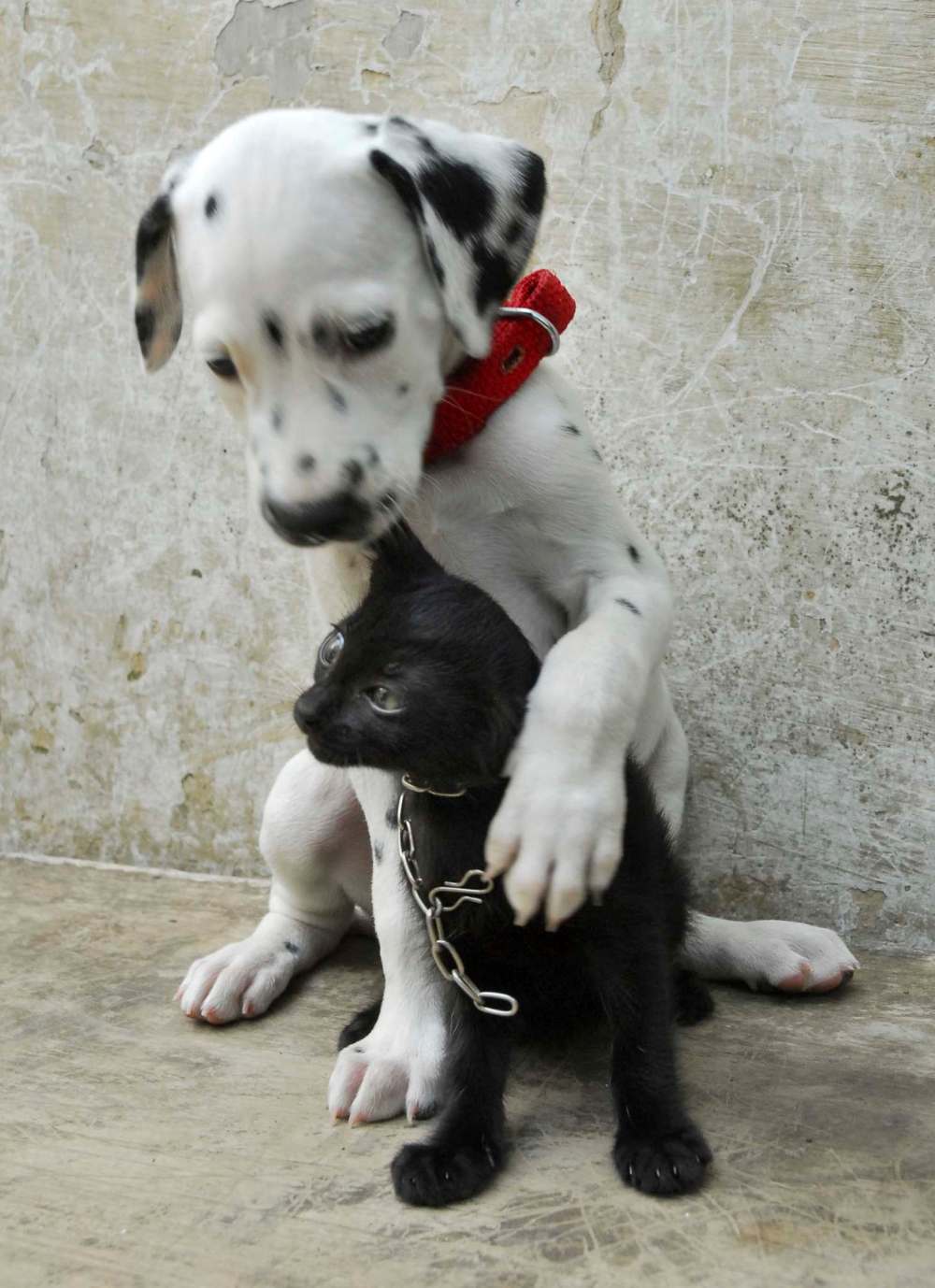
1) The famous rivals: Coke and Pepsi
The bloody battle(s): For more than a century, Coke and Pepsi have slugged it out to win the hearts, minds and wallets of consumers craving brown, fizzy soda pop. And neither side has been reluctant to pull their punches, as anyone who has owned a TV set in the last few decades can attest. “The immense popularity of both carbonated beverages has led to many a battle for the preference of the public in what has come to be known as the Cola Wars,” according to listverse.com. “What began as a struggle to strive in the American soft drink market, within a century became a global battle for cola domination in almost every nation of the world.” Forget all the modern TV attack ads, our favourite spot was aired during the Great Depression when, in 1936, Pepsi began selling 12-ounce bottles, while Coke stuck with 6.5-ounce bottles. The Pepsi radio jingle boasted: “Pepsi-Cola hits the spot/Twelve full ounces, that’s a lot/Twice as much for a nickel, too/Pepsi-Cola is the drink for you.” The spots doubled Pepsi’s profits over the next two years. The Cola Wars really bubbled over in 1985 when Pepsi famously introduced its “Pepsi Challenge” TV ads in which consumers were invited to sample both sodas in blind tastings, with the majority (surprise) favouring the taste of Pepsi. Which most likely was the reason that, in 1985, Coca-Cola made a monumental blunder, introducing a reformulated drink known as “New Coke,” which prompted a massive consumer backlash, forcing the company to quickly reintroduce its old formula as Coca-Cola Classic. In recent years, both Coke and Pepsi have lost market share as consumers ditch fizzy pop for healthier bottled water. Still, most news reports say Coke tends to outsell Pepsi in most parts of the world. We should point out that Coke had three opportunities to buy Pepsi-Cola in the early 20th century, and it passed on each occasion. When they think back on that, Coke’s management likely needs something stronger to drink.
doug.speirs@freepress.mb.ca


